Home>Renovation & DIY>Tools & Equipment>How Does An Impact Screwdriver Work
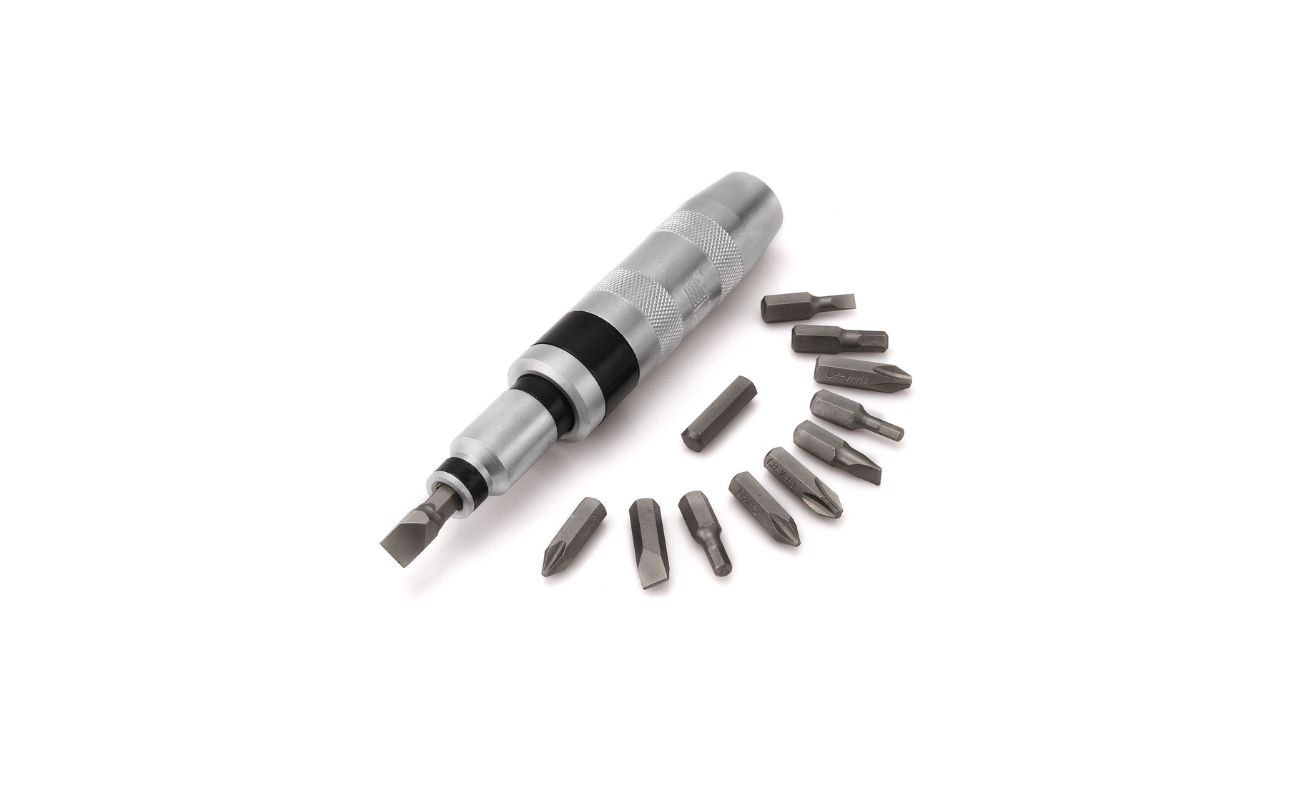

Tools & Equipment
How Does An Impact Screwdriver Work
Modified: April 22, 2024
Learn how impact screwdrivers work and their practical applications in tools and equipment. Enhance your DIY projects with this powerful tool.
(Many of the links in this article redirect to a specific reviewed product. Your purchase of these products through affiliate links helps to generate commission for Storables.com, at no extra cost. Learn more)
Introduction
When it comes to tackling tough jobs that require a lot of torque, having the right tools is essential. An impact screwdriver is one such tool that stands out due to its unique mechanism and impressive power. Whether you’re a professional tradesperson or a DIY enthusiast, understanding how an impact screwdriver works can help you make informed decisions and achieve successful results.
In this article, we will delve into the world of impact screwdrivers and explore their basic components, the science behind their torque generation, and their various applications. We will also discuss important factors to consider before using an impact screwdriver, safety guidelines, and tips for proper maintenance.
So, buckle up and get ready to discover the ins and outs of this remarkable tool!
Key Takeaways:
- Impact screwdrivers generate exceptional torque through a unique mechanism combining rotational force and high-impact blows. This makes them ideal for driving screws into tough materials and loosening stubborn fasteners, saving time and effort.
- Proper maintenance, adherence to safety guidelines, and understanding the tool’s components are crucial for safe and efficient operation of impact screwdrivers. They offer increased torque, speed, and versatility for a wide range of applications.
Read more: How Does Construction Impact The Environment
Basic Components of an Impact Screwdriver
An impact screwdriver is made up of several key components that work together to deliver powerful torque. Understanding these components is crucial to understanding how the tool operates. Let’s take a closer look at the basic components of an impact screwdriver:
- Motor: At the heart of the impact screwdriver is a high-powered motor. This motor generates the necessary rotational force to drive the screw or bolt into place. It is typically powered by electricity or compressed air.
- Gearbox: The motor’s rotational force is transmitted to the gearbox. The gearbox is designed to increase the torque output and provide the necessary force for driving screws and bolts. It consists of a series of gears that amplify the motor’s power.
- Impact Mechanism: The impact mechanism is the standout feature of an impact screwdriver. It is responsible for delivering sudden, high-torque impulses to the screw or bolt. This mechanism ensures that the screwdriver can handle demanding tasks and loosen stubborn fasteners.
- Anvil: The anvil is located at the end of the impact screwdriver and is where the screw or bolt is inserted. The anvil securely holds the fastener and transfers the rotational force and impacts from the tool to the fastener.
- Clutch: Some impact screwdrivers come equipped with a clutch feature. This allows the user to control the amount of torque being applied. The clutch can be adjusted to prevent over-tightening or stripping of screws and bolts.
- Handle: The handle is where the user holds the impact screwdriver. It is typically designed for comfort and ergonomics, allowing for extended periods of use without discomfort or fatigue.
These essential components work in unison to create a powerful and efficient tool. The motor provides the initial power, which is then amplified by the gearbox. The impact mechanism delivers the bursts of high torque, while the anvil securely holds the fastener in place.
Now that we have a thorough understanding of the basic components, let’s explore how an impact screwdriver generates torque in the next section.
How Does an Impact Screwdriver Generate Torque?
An impact screwdriver is unique in the way it generates torque compared to traditional screwdrivers. While a regular screwdriver relies on continuous rotational force, an impact screwdriver uses a combination of rotational force and high-impact blows. This innovative mechanism allows the impact screwdriver to deliver exceptional torque, making it ideal for tackling challenging tasks.
Let’s break down the process of how an impact screwdriver generates torque:
- Rotational Force: The initial torque is generated by the motor’s rotation, which is transmitted to the gearbox. The gearbox then increases the torque output, providing more power to drive the screw or bolt.
- Impact Mechanism Activation: As the rotational force is transmitted to the anvil, it engages with the impact mechanism. When the user applies resistance or encounters a tough fastener, the impact mechanism is activated.
- High-Impact Blows: The impact mechanism delivers sudden, high-impact blows to the anvil, which is then transferred to the fastener. These powerful blows create a pulsating motion as the anvil rotates, generating additional torque.
- Bursts of Torque: The combination of rotational force and impact blows results in bursts of high torque. These bursts provide the necessary force to drive screws into tough materials or loosen stubborn fasteners.
The impact screwdriver’s ability to deliver these intermittent bursts of high torque makes it highly effective in a variety of applications. It allows for faster and more efficient work, as the tool can handle demanding tasks with ease.
Now that we understand how an impact screwdriver generates torque, let’s explore the fascinating impact mechanism in more detail in the next section.
Understanding the Impact Mechanism
The impact mechanism is the key feature that sets an impact screwdriver apart from other power tools. It is responsible for delivering the sudden, high-impact blows that generate the impressive torque required for tough tasks. Let’s dive deeper into how the impact mechanism works:
The heart of the impact mechanism is a special mechanism called a hammer and anvil system. This system consists of a hammer, which is attached to the motor’s output shaft, and an anvil, which is connected to the gearbox. The hammer and anvil are designed with precision to create a powerful impact when they collide.
When the user applies resistance or encounters a tough fastener, the impact mechanism is activated. As the motor rotates the hammer, it builds up energy. Once the hammer reaches a predetermined speed, it gets released, colliding with the anvil. This collision generates a shockwave that travels through the tool’s body and is transferred to the fastener.
The impact mechanism operates on the principle of inertia. The sudden, high-impact blows create a pulsating motion, causing the anvil to rotate rapidly. This rapid rotation generates additional torque, providing the extra force needed to overcome resistance and drive screws or loosen stubborn fasteners.
Due to the impact mechanism, an impact screwdriver can produce torque many times greater than its size would suggest. This makes the tool highly efficient and effective for various applications, such as construction, automotive repairs, woodworking, and more.
It’s important to note that the impact mechanism does create vibration and noise during operation. However, this is a normal characteristic of impact screwdrivers and should not be a cause for concern. In fact, the impact mechanism’s unique design is what gives the tool its extraordinary torque capabilities.
Now that we have a better understanding of the impact mechanism, let’s explore the benefits and applications of impact screwdrivers in the next section.
Benefits and Applications of Impact Screwdrivers
Impact screwdrivers offer a range of benefits and are widely used in various industries and applications. Let’s explore some of the advantages of using an impact screwdriver and the diverse tasks where this tool excels:
1. Increased Torque: One of the primary benefits of an impact screwdriver is its ability to deliver higher torque compared to traditional screwdrivers. The impact mechanism allows for bursts of torque, making it ideal for tasks that require extra force, such as driving large screws or bolts into dense materials.
2. Speed and Efficiency: The combination of rotational force and impact blows enables an impact screwdriver to complete tasks quickly and efficiently. The high-torque bursts help overcome resistance and make it easier to drive screws or loosen stubborn fasteners, saving both time and effort.
3. Versatility: Impact screwdrivers come in various models and sizes, catering to different needs and applications. They can be used for a wide range of projects, including construction, automotive repairs, woodworking, machinery assembly, and more. The ability to handle different sizes of fasteners and materials adds to their versatility.
4. Compact and Portable: Impact screwdrivers are generally more compact and lightweight compared to other power tools, making them easy to carry around and maneuver in tight spaces. Their compact size also allows for better access to confined areas where conventional screwdrivers may struggle.
5. Reduced User Fatigue: With an impact screwdriver, the tool does most of the work. The high-torque bursts generated by the impact mechanism reduce the amount of physical force exerted by the user, minimizing fatigue during extended use. This is particularly beneficial for professionals who rely on their tools for long periods of time.
6. Loosening Stubborn Fasteners: In addition to driving screws, impact screwdrivers are excellent for loosening stubborn or rusted fasteners. The powerful impacts generated by the tool can help break the bond between the fastener and the material, facilitating easier removal.
Whether you’re a professional tradesperson or a DIY enthusiast, there are countless applications for an impact screwdriver. From building furniture and installing decks to repairing machinery and automotive maintenance, impact screwdrivers provide the necessary torque and efficiency to get the job done.
Now that we’ve explored the benefits and applications of impact screwdrivers, let’s shift our focus to important factors to consider before using one in the next section.
When using an impact screwdriver, make sure to apply firm pressure and keep the tool perpendicular to the screw head to prevent stripping or damaging the screw.
Factors to Consider Before Using an Impact Screwdriver
Before using an impact screwdriver, there are several important factors to consider to ensure proper usage and desired results. Let’s take a look at these factors:
- Application: Determine the specific task or application for which you will be using the impact screwdriver. Different applications may require different torque settings, bits, or attachments. Having a clear understanding of your project will help you choose the right impact screwdriver and accessories.
- Torque Settings: Some impact screwdrivers come with adjustable torque settings, allowing you to control the amount of torque applied. It’s essential to set the appropriate torque level based on the requirements of your project. High torque settings may be suitable for heavy-duty tasks, while lower settings can prevent stripping or damaging delicate materials.
- Fastener Compatibility: Ensure that the impact screwdriver is compatible with the fasteners you will be working with. Different impact screwdrivers support various sizes and types of bits, so double-check the specifications and choose the ones that match your needs.
- Work Area Safety: Before using an impact screwdriver, ensure that your work area is tidy and free of any potential hazards. Remove clutter, debris, and any objects that may interfere with the tool’s operation. Also, wear appropriate safety gear, including gloves and safety glasses, to protect yourself during the task.
- Power Source: Determine whether your impact screwdriver is powered by electricity or compressed air. This will dictate the availability of a power source or the need for an air compressor, ensuring uninterrupted usage throughout your project.
- User Experience: Consider your experience and comfort level with using power tools. Impact screwdrivers can be powerful and deliver quick bursts of torque, so it’s important to have a firm grip and maintain control during operation. If you’re a beginner, start with smaller tasks and gradually work your way up to more challenging projects.
- Environmental Factors: Take into account the environmental conditions in which you will be using the impact screwdriver. Extreme temperatures, humidity, and dust can affect the tool’s performance and longevity. If necessary, take precautions such as using a dust cover or working in a controlled environment.
Considering these factors before using an impact screwdriver will not only ensure safety but also enhance the overall efficiency and success of your projects. Take the time to assess your needs and make necessary preparations for a smooth and productive work session.
Now that we’ve covered the factors to consider, let’s move on to essential safety guidelines for operating an impact screwdriver.
Safety Guidelines for Operating an Impact Screwdriver
Operating an impact screwdriver safely is of utmost importance to prevent accidents and injuries. Here are some essential safety guidelines to follow when using an impact screwdriver:
- Read the Manual: Familiarize yourself with the manufacturer’s instructions and safety guidelines provided in the manual. Understanding how to properly use and maintain the impact screwdriver is key to safe operation.
- Wear Personal Protective Equipment (PPE): Always wear the appropriate personal protective equipment, such as safety glasses, gloves, and hearing protection. Flying debris, sharp objects, and noise can pose hazards during operation.
- Secure Work Materials: Ensure that the work materials are properly secured before using the impact screwdriver. This will prevent slippage or movement, reducing the risk of accidents or damage to the workpiece.
- Use Both Hands: Ensure a firm grip on the impact screwdriver with both hands. This provides better stability and control when applying torque and reduces the risk of losing control of the tool.
- Avoid Loose Clothing and Jewelry: Do not wear loose clothing, jewelry, or anything that could get entangled in the tool or moving parts. Loose items can pose a serious safety hazard if they get caught in the impact screwdriver.
- Inspect the Impact Screwdriver: Before use, inspect the impact screwdriver for any signs of damage or wear. Check for loose components, frayed cords (if applicable), or any abnormalities that could affect the tool’s performance or safety. Do not use a faulty impact screwdriver.
- Keep a Safe Distance: Maintain a safe distance from the impact area of the tool. The sudden bursts of torque can cause the fastener or workpiece to move unexpectedly, posing a hazard if fingers or other body parts are too close.
- Allow the Tool to Stop: After using the impact screwdriver, allow the tool to come to a complete stop before setting it down or attempting any maintenance or adjustments. This ensures that there is no residual energy that could lead to accidental engagement.
- Store Properly: When not in use, store the impact screwdriver in a safe and secure place, away from the reach of children or unauthorized individuals. Always unplug electric impact screwdrivers to prevent accidental activation.
Adhering to these safety guidelines will help ensure a secure working environment and minimize the risk of accidents while using an impact screwdriver. Remember, safety should always be the top priority when operating any power tool.
Now that we’ve covered safety guidelines, let’s move on to essential tips for maintaining an impact screwdriver to prolong its lifespan and optimal performance.
Tips for Maintaining an Impact Screwdriver
Maintaining an impact screwdriver is essential to preserve its performance, extend its lifespan, and ensure safe operation. Here are some valuable tips for maintaining your impact screwdriver:
- Clean After Each Use: After using the impact screwdriver, make sure to clean it thoroughly. Remove any dirt, debris, or dust that may have accumulated. This can be done using a brush or a cloth. Keeping the tool clean prevents buildup and maintains its functionality.
- Lubricate Moving Parts: Regularly lubricate the moving parts of the impact screwdriver to reduce friction and enhance smooth operation. Refer to the manufacturer’s recommendations for the appropriate lubricant and frequency of lubrication.
- Inspect for Damage: Regularly inspect the impact screwdriver for any signs of damage or wear. Check the power cord (if applicable) for any fraying or damage and promptly replace it if necessary. Ensure that all components are secure and in good working condition.
- Check Torque Accuracy: If your impact screwdriver has adjustable torque settings, periodically check the accuracy of the torque output. This can be done using a torque measuring device or by comparing the applied torque to a calibrated torque wrench.
- Store Properly: Store the impact screwdriver in a dry and secure place, away from extreme temperatures or moisture. Make sure to protect it from dust and other contaminants that could affect its performance.
- Replace Worn Bits: Over time, the bits of your impact screwdriver may become worn or damaged. Replace worn or damaged bits promptly to maintain optimal performance and prevent damage to the fasteners or work materials.
- Regular Maintenance: Follow the manufacturer’s recommended maintenance schedule for your impact screwdriver. This may include servicing, such as bearing replacement or gearbox lubrication. Adhering to the maintenance schedule ensures that the tool operates at its best and reduces the likelihood of unexpected failures.
- Use the Right Power Source: If your impact screwdriver is powered by electricity, ensure that the voltage matches the power supply. Using the wrong voltage can damage the tool and compromise its performance. For pneumatic impact screwdrivers, ensure that the air supply is clean and regulated.
- Seek Professional Assistance: If you encounter any issues or are unsure about how to maintain or repair your impact screwdriver, it’s best to seek professional assistance. Trying to fix the tool without proper knowledge may cause further damage or compromise its safety.
By following these maintenance tips, you can keep your impact screwdriver in optimal condition, ensuring its reliability and longevity. Regular cleaning, lubrication, and inspections will contribute to its smooth operation and overall performance.
Now that we’ve covered maintenance tips let’s conclude our comprehensive guide to understanding impact screwdrivers.
Conclusion
Impact screwdrivers are powerful tools that deliver exceptional torque and efficiency, making them invaluable for a wide range of applications. By understanding the basic components, torque generation, and impact mechanism of these tools, users can make informed decisions and achieve successful results.
We explored the various components of an impact screwdriver, including the motor, gearbox, impact mechanism, anvil, clutch, and handle. These components work together to generate high torque, allowing the tool to drive screws into dense materials or loosen stubborn fasteners.
An impact screwdriver’s unique torque generation is achieved through a combination of rotational force and sudden, high-impact blows delivered by the impact mechanism. This mechanism creates pulsating motion, resulting in bursts of torque that excel at tackling challenging tasks.
Impact screwdrivers offer a range of benefits, including increased torque, speed and efficiency, versatility, compactness, and reduced user fatigue. They find applications in construction, automotive repairs, woodworking, machinery assembly, and more.
Before using an impact screwdriver, it’s crucial to consider factors such as the specific application, torque settings, fastener compatibility, work area safety, power source, user experience, and environmental conditions. Adhering to these considerations ensures safe and effective operation.
To operate an impact screwdriver safely, following key guidelines is essential. These guidelines include reading the manual, wearing personal protective equipment, securing work materials, using both hands, avoiding loose clothing and jewelry, inspecting the tool, maintaining a safe distance, allowing the tool to stop before maintenance, and proper storage.
To maximize the lifespan and optimal performance of an impact screwdriver, regular maintenance is necessary. This includes cleaning after each use, lubricating moving parts, inspecting for damage, checking torque accuracy, proper storage, replacing worn bits, following maintenance schedules, using the right power source, and seeking professional assistance when needed.
By understanding the mechanics of an impact screwdriver, following safety guidelines, and maintaining the tool properly, users can achieve efficient and safe results in various projects.
So, whether you’re a professional tradesperson or a DIY enthusiast, harness the power of an impact screwdriver and let it assist you in tackling challenging tasks with ease and precision.
Frequently Asked Questions about How Does An Impact Screwdriver Work
Was this page helpful?
At Storables.com, we guarantee accurate and reliable information. Our content, validated by Expert Board Contributors, is crafted following stringent Editorial Policies. We're committed to providing you with well-researched, expert-backed insights for all your informational needs.
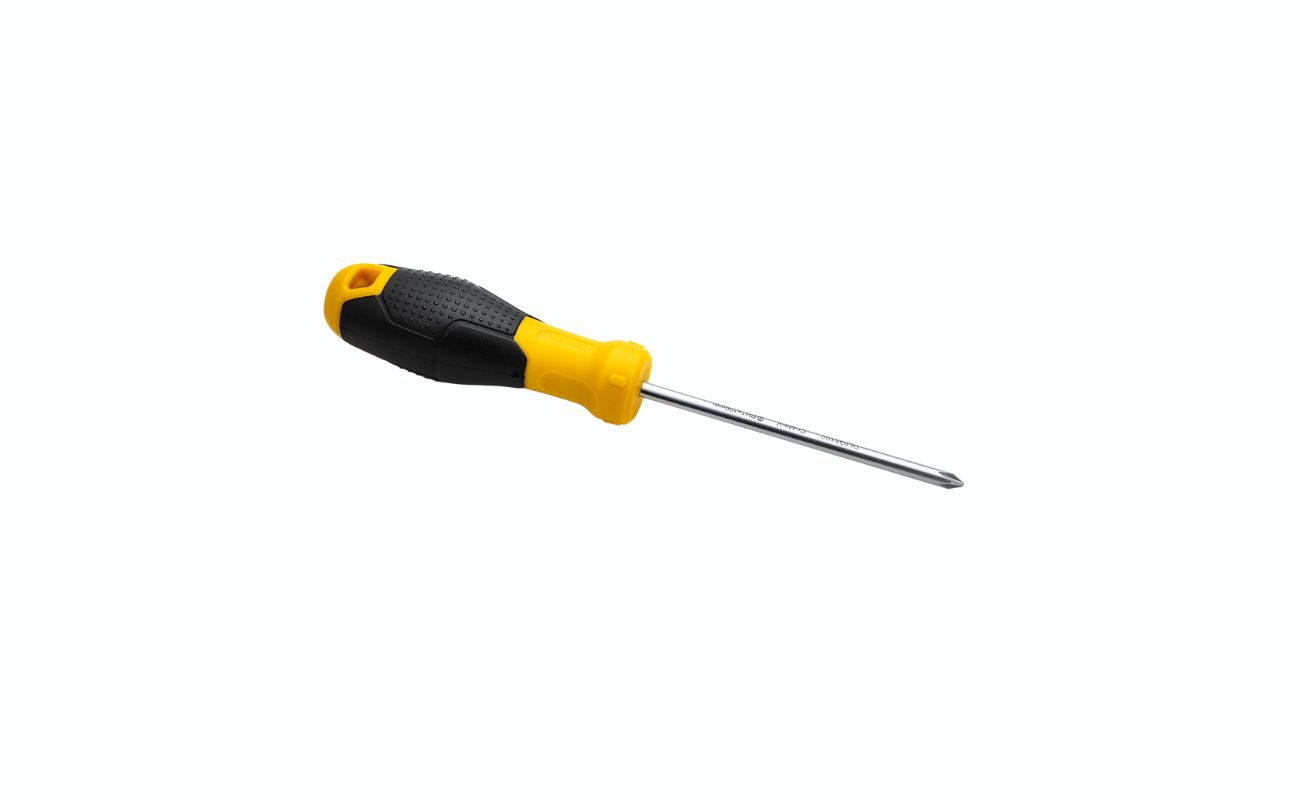
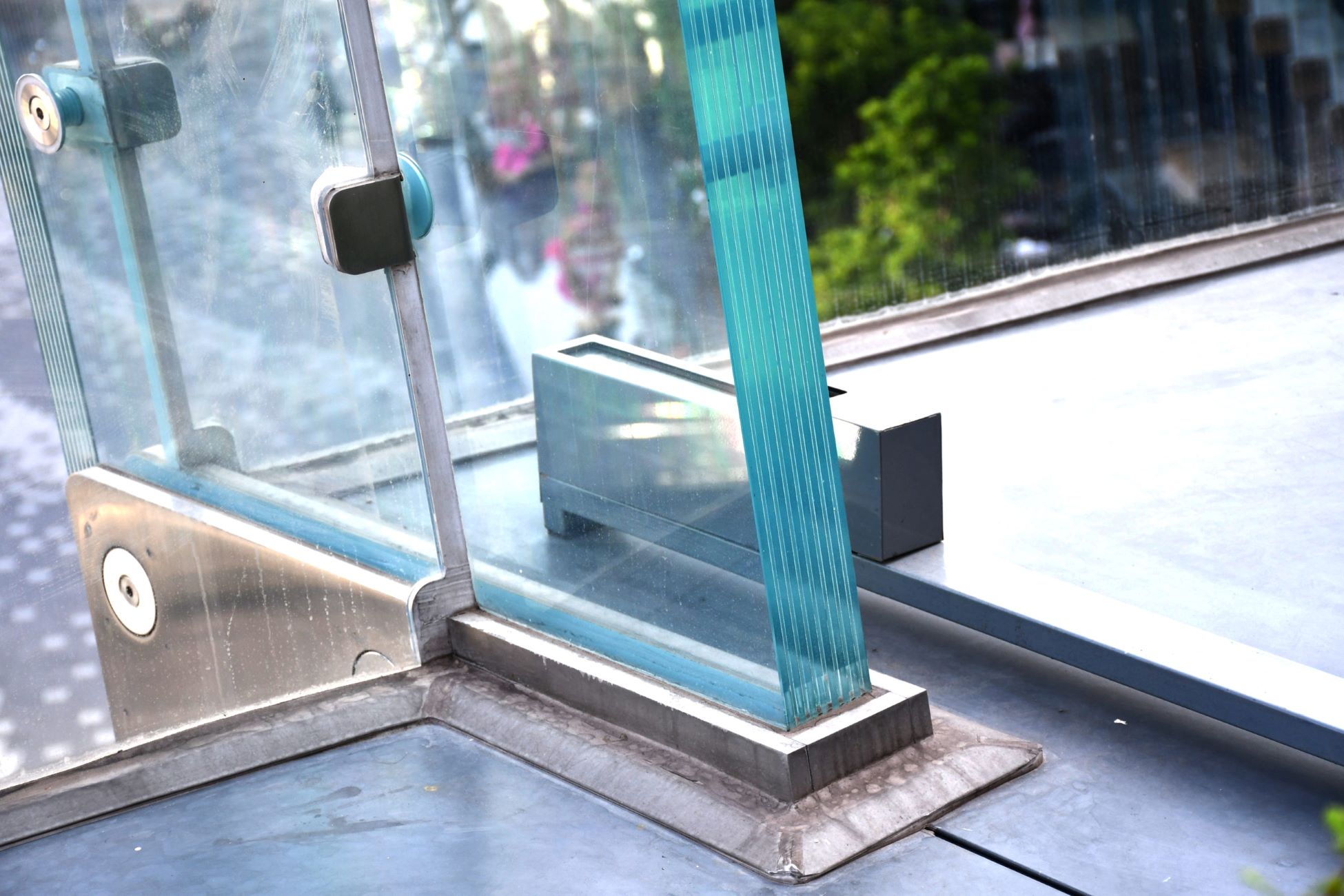



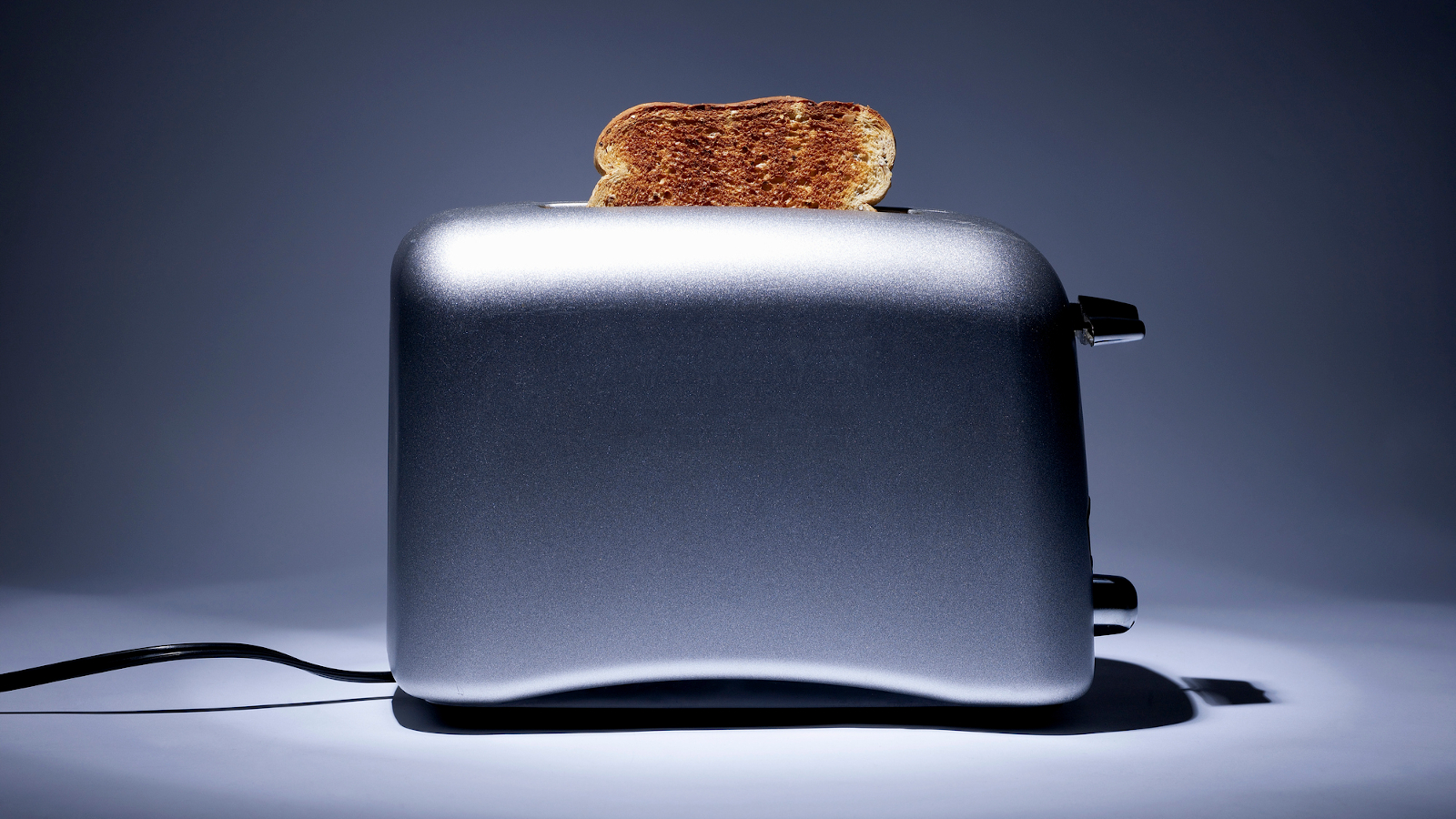

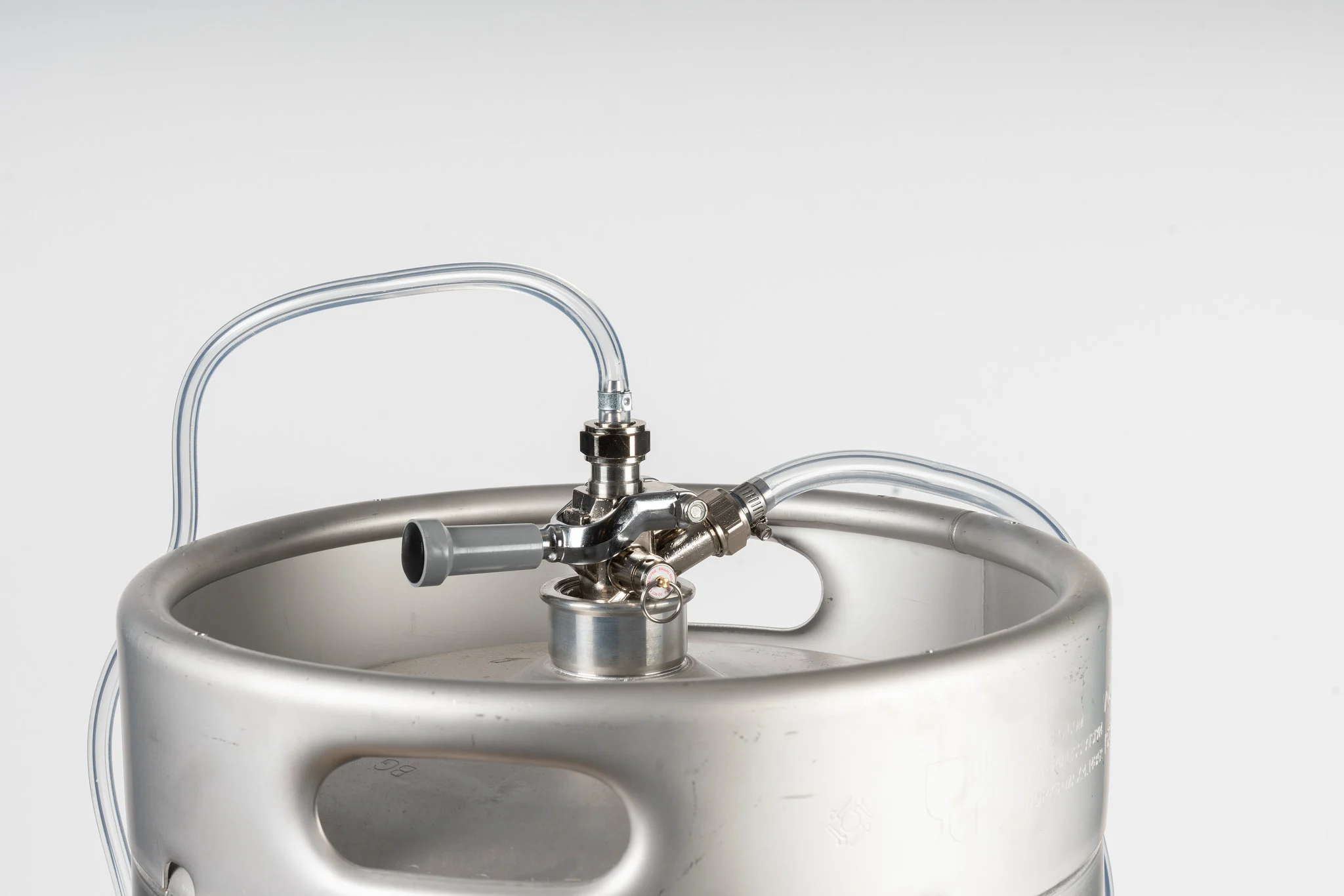


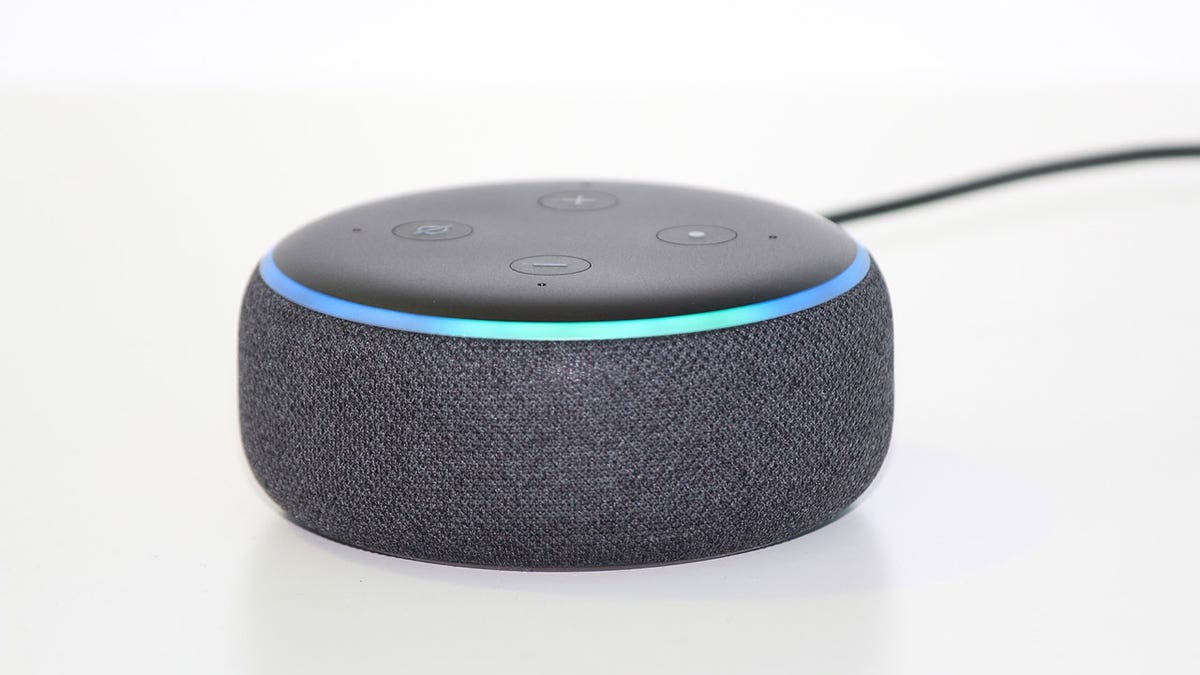

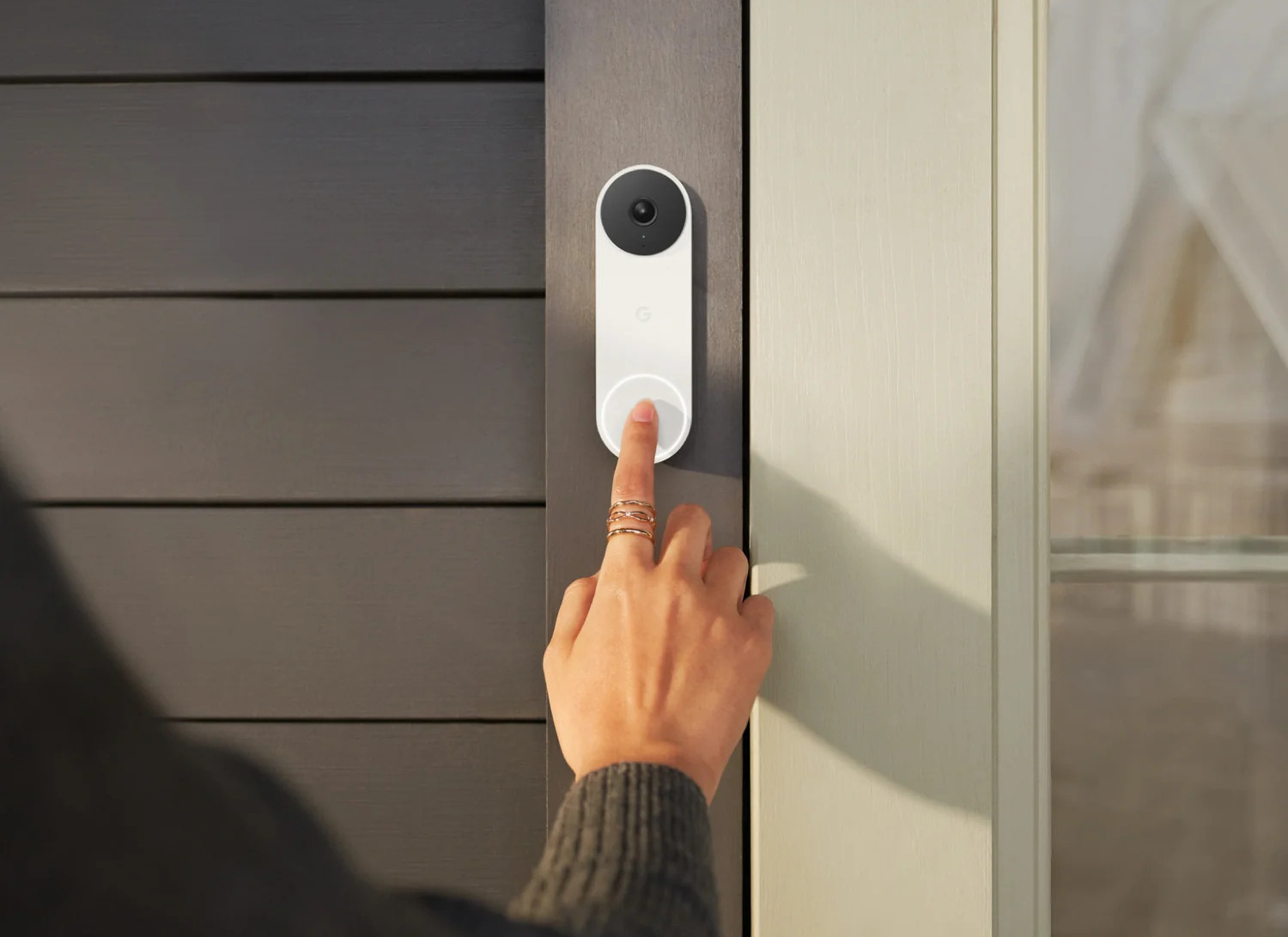


0 thoughts on “How Does An Impact Screwdriver Work”